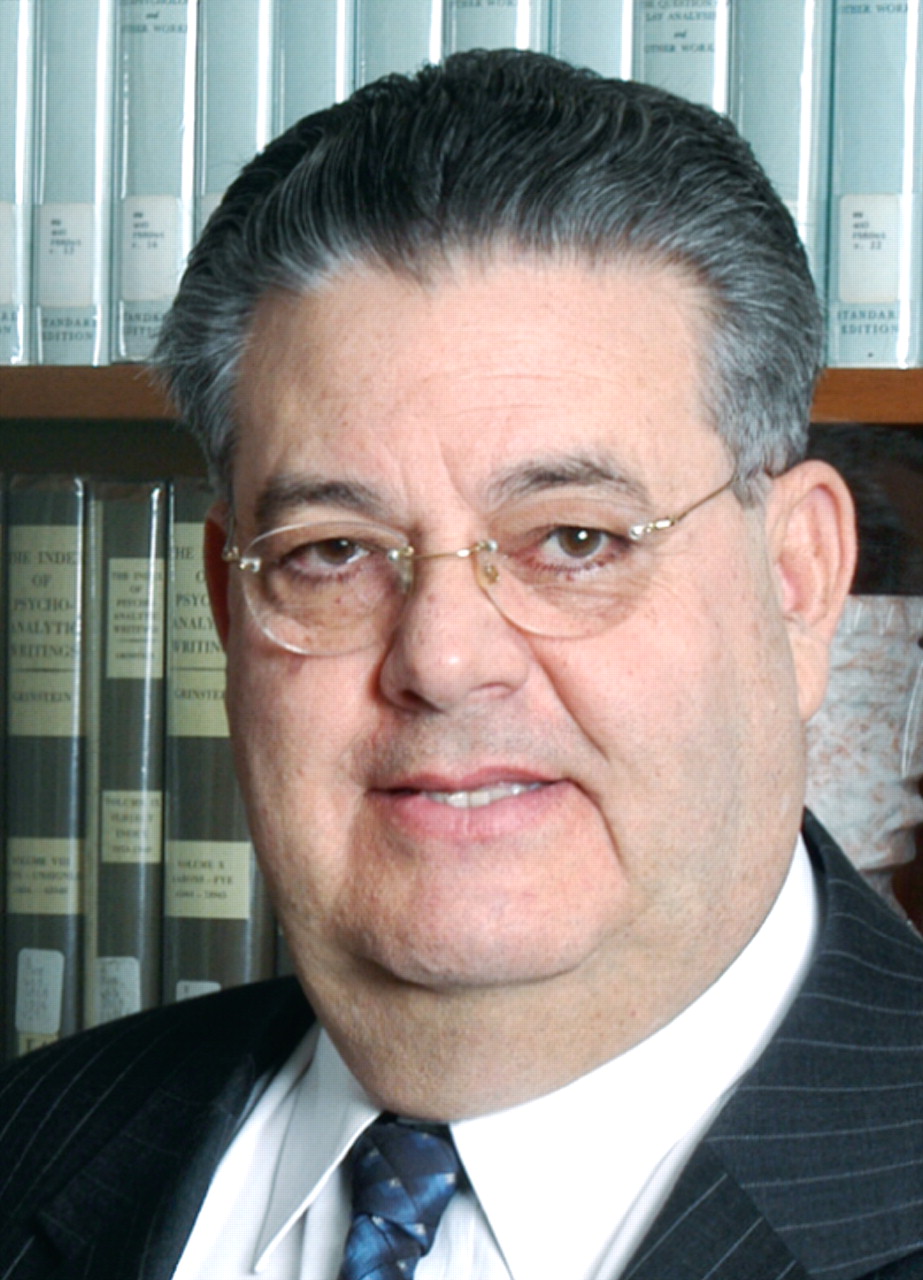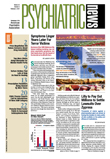My second quarter as APA president has been, in my opinion, very productive and effective. In this column I'd like to highlight some of the activities undertaken and issues successfully addressed during this period.
To start with, APA's 2006 Institute on Psychiatric Services (IPS), held last October in New York City, was the best institute ever conducted in its 58-year history. The attendance was close to 2,300 and included more than 1,000 APA members. I will not dwell on the details of this scientific meeting, since I devoted a column to this very successful event in the January 5 issue.
The November 2006 meeting of the APA Assembly was also quite successful, and my report to this body was well received by the Assembly members and leadership. The presentation by Dr. Suzanne Vogel-Scibilia, president of the National Alliance on Mental Illness (NAMI), and the discussion that followed very much helped to integrate my priorities for my presidential year—that is, improving access to care, achieving parity for coverage of mental illness treatment, and ensuring humane care for all Americans.
The presentations of Dr. T.K. Li, director of the National Institute on Alcohol Abuse and Alcoholism, at the Board of Trustees meeting in October, and of Dr. Thomas Insel, director of the National Institute of Mental Health, at the Board meeting in December, were outstanding and helped to cement further the relationship between APA and the federal institutes.
Also at its October meeting, the Board approved expanding the role of the Assembly on the Board by granting voting rights to the speaker-elect. This decision, in my opinion, will greatly benefit the Board and Assembly relationship. In addition, an excellent report from the Task Force to Review Psychiatric Needs in Underserved Areas was presented by the task force's chair, Dr. Nada Stotland, and approved by the Board. The Board also renewed the contract of APA's medical director, Dr. Jay Scully, for seven years.
At both the October and December Board meetings, substantial progress was made with respect to the planning process of DSM-V. The DSM-V Task Force (steering body) and the planning of the DSM-V work groups moved ahead very nicely. It is my hope that by the Board's meeting in March, all members of the DSM-V work groups will be in place and at work. This project, as you all well know, is an essential piece of APA's future.
Prior to the December Board meeting, the leadership of APA and NAMI came together in a “summit meeting.” The outcome was a full commitment from both organizations to collaborate in areas of common interest focusing on patient care issues. A joint group was appointed to develop a strategic plan to work on parity, access to care in the Veterans Affairs system, and Medicaid expansion at the state level (Psychiatric News, January 19).
Likewise, a preliminary social gathering of the leadership of our Association and the American Psychological Association took place the next evening. A Board work group led by Dr. Stotland was appointed to explore potential areas of collaboration based on common interests and focused on patient care.
Four other major reports were also presented at the December Board meeting. The report presented by Dr. Marcia Goin, chair of the Work Group on Subsidiaries, led to the approval of appointing each of APA's three immediate, voting, past presidents to the Board of Directors of one of APA's three subsidiaries (American Psychiatric Publishing Inc., American Psychiatric Institute for Research and Education, and American Psychiatric Foundation). This decision will improve the communications and policy decisions between APA and the three subsidiaries.
The report presented by Dr. David Fassler, chair of the Board Work Group on Public affairs, led to the Board's approving a reorganization and expansion of APA's public Affairs activities. The third report, also presented by Dr. Fassler, chair of the Board Work Group on Parity, led to the approval of making parity a very high priority among the issues to which APA's legislative activities will be directed.
The fourth report was presented by Dr. William Carpenter, chair of the Board Work Group on APA's Relationship With Commercial Entities, and was very well received by Trustees, who referred it to APA's Council on Education and Lifelong Learning and Division of Education for implementation.
I should underscore once more that I would not have been able to accomplish so much in such a short time if it were not for the outstanding support that I have received so far from the Board, Assembly, APA staff (especially the medical director), and, above all, you, the APA membership. It continues to be an honor for me to serve our organization and profession. ▪

